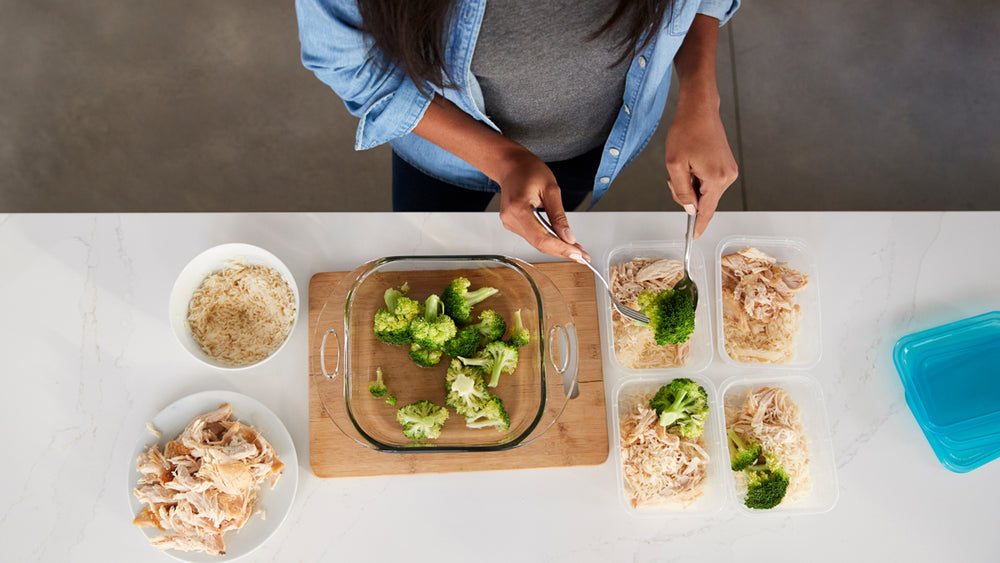The purpose of the challenge phase is to identify the FODMAP groups that may be triggering your IBS symptoms.
The Low FODMAP diet has been an effective treatment for symptom relief in sufferers of Irritable Bowel Syndrome. The first phase of the FODMAP diet is the elimination phase. Next, comes the challenge or reintroduction phase, and the final phase is your “new normal diet”.
Why is the challenge phase important?
The point of the challenge phase is to identify specific dietary triggers and reintroduce those foods that are well tolerated. It is important to reintroduce high FODMAP foods to reduce dietary restrictions, allowing for a well-rounded diet and possibly avoiding negative effects on the gut microbiota.
Now that we know why the challenge phase is important, where do we start?
It is helpful to know that symptom improvement generally starts 3-4 weeks after following the elimination phase of the diet. The challenge phase generally begins after 2-6 weeks on the elimination phase but can be modified depending on acceptable symptom response.
During the challenge phase, it is important to monitor and record your symptoms and response to each challenge group, including the severity of your symptoms. Once you introduce a food group, if a specific challenge group causes an increase in symptoms, it is recommended to stop challenging that group.
If symptoms are controlled, it is okay to increase the dosage of the challenge food to the preferred serving size. For example, start with half portions on the first day and move to full portions the next day if tolerated.
What are FODMAP food groups and what are common foods found in the groups?
- Lactose: yogurt, milk, buttermilk, eggnog, goat’s milk, cottage cheese, kefir
- Fructose: products made with high fructose corn syrup, honey, agave syrup/nectar, dried fruit, peaches, apple cider, apples/apple juice
- Fructans: Rye bread/crackers, barley, couscous, onions, garlic, pasta
- Sugar polyols: sugar-free candies/gum, blackberries, mushrooms, avocado, corn
- Galactans: chickpeas, lentils, butter beans
(Check out the Monash University FODMAP diet app for a list of additional high FODMAP foods)
Once you are ready to start challenging different FODMAP groups, it is encouraged to challenge only one group at a time, often over a 3-day period. For example, when challenging the lactose challenge group, try plain yogurt without fruit.
Between challenges, it is recommended to have a 2-3 day “washout”, meaning, go back to the elimination phase of the diet. This will help to narrow down any triggers. Once tolerance to each subgroup is determined, it is okay to start combining FODMAP food groups; for example, yogurt with fruit.
Food groups with no symptoms are typically safe to reintroduce back into the diet. Food groups that cause a milder response may be reintroduced when desired, for example, in smaller doses at a lower frequency.
Food groups that cause more severe symptoms should be avoided for the best symptom control. It is important to remember that GI symptoms can vary over time and can worsen in times of high stress; therefore, food tolerance may change. Foods that are not tolerated should be re-challenged at another time to reassess for tolerance.
Tuck, C., & Barrett, J. (2017). Re-challenging fodmaps: The low fodmap diet phase Two. Journal of Gastroenterology and Hepatology, 32, 11–15. https://doi.org/10.1111/jgh.13687
Low FODMAP-Friendly Options Here:
Low FODMAP Certified Almond and Coconut Bars (12 Count)
Low FODMAP Green Curry Simmer Sauce (7 oz)



















Comments
Join The Conversation...